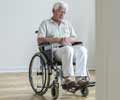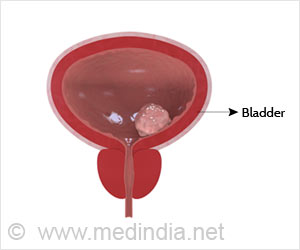Physical exercise can prevent nerve damage caused by chemotherapy, reducing the risk of chronic symptoms.

Preventive Effect of Neuromuscular Training on Chemotherapy-Induced Neuropathy-A Randomized Clinical Trial
Go to source). Their findings, published in JAMA Internal Medicine, highlight the role of exercise in preventing chemotherapy-induced peripheral neuropathy (CIPN), offering hope for improving post-treatment quality of life.
‘Discover how #physicalexercise can protect against nerve damage during 3chemotherapy. New research highlights its potential to improve post-treatment quality of life.’





The study involved 158 cancer patients, both male and female, who were receiving treatment either with oxaliplatin or vinca-alkaloids. The researchers divided the patients at random into three groups. The first was a control group, whose members received standard care. The other two groups completed exercise sessions twice a week for the duration of their chemotherapy, with each session lasting between 15 and 30 minutes. One of these groups carried out exercises that focused primarily on balancing on an increasingly unstable surface. The other group trained on a vibration plate.
Exercise Reduces Chemotherapy-Induced Nerve Damage
Regular examinations over the next five years showed that in the control group around twice as many participants developed CIPN as in either of the exercise groups. In other words, the exercises undertaken alongside chemotherapy were able to reduce the incidence of nerve damage by 50 to 70 percent. In addition, they increased the patients’ subjectively perceived quality of life, made it less necessary to reduce their dose of cancer medications, and reduced mortality in the five years following chemotherapy.The participants receiving vinca-alkaloids and performing sensorimotor training, had the largest benefit.
A lot of money has been invested over the years in reducing the incidence of CIPN, explains Streckmann. “This side effect has a direct influence on clinical treatment: for example, patients may not be able to receive the planned number of chemotherapy cycles that they actually need, the dosage of neurotoxic agents in the chemotherapy may have to be reduced, or their treatment may have to be terminated.”
Advertisement
In contrast, the sports scientist emphasizes, the positive effect of exercise has been substantiated, and this treatment is very cheap in comparison. At the moment she and her team are working on guidelines for hospitals, so that they can integrate the exercises into clinical practice as supportive therapy. In addition, since 2023 a study has been ongoing in six children’s hospitals in Germany and Switzerland (PrepAIR), which is intended prevent sensory and motor dysfunctions in children receiving neurotoxic chemotherapy.
Advertisement
Reference:
- Preventive Effect of Neuromuscular Training on Chemotherapy-Induced Neuropathy-A Randomized Clinical Trial - (https://jamanetwork.com/journals/jamainternalmedicine/article-abstract/2820720)
Source-Eurekalert















